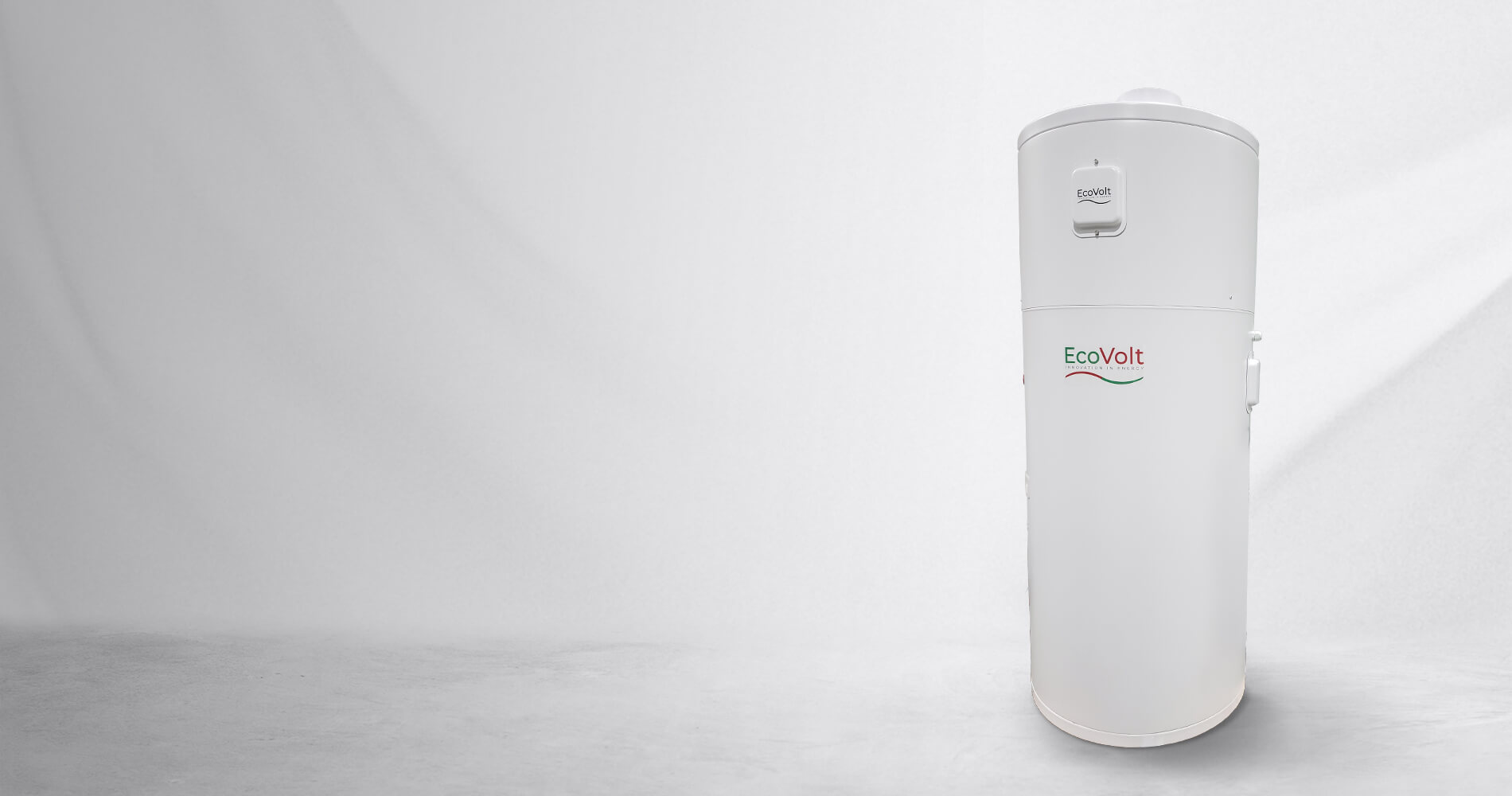Download Datasheet

How does EcoVolt H2O work?
Exhaust Air Heat Pump Hot Water System with CMEV Function
- The EcoVolt H20 is an mixed airflow hot water heat pump tested to EN16147 and comes with excellent hot water efficiency of 168.7% and a COP of 3.81 for the 270L version and 154.5% efficiency with a COP of 3.75 for the 180L version
- The H20 also has a built in variable speed mechanical extract ventilation system so it can cut down on costs of having a separate ventilation unit on the project.
- The CMEV function of the H20 allows the product to comply with the 2019 Part F Irish building regulations for ventilation in dwellings. Trickle and boost settings can be set via the touchscreen control panel on the unit.
EcoVolt H2O
Exhaust Air Heat Pump hot water system with Continuous Mechanical Extract Ventilation (CMEV)
With 2 models available for selection (180L and 270L) the H20 is the designer’s choice to comply with the new nZEB regulations. Fitted with new functions and improved components the H20 can operate as a hot water and ventilation system in one. Delivering excellent efficiency in its class, the H20 makes building compliance easy when entered on the SEAI DEAP portal. Our quick and easy guide on how to enter on DEAP using fiche data is available from our technical sales team















